It was an electrifying sound for anybody growing up in industrial Scotland in the 1970s: a funk explosion which came with its own Tartan trademark.
As a teenager, I listened with a smile on my face as the first licks of Pick Up the Pieces, Cut the Cake and Cloudy cranked into gear with soulful guitar riffs and soaring horns.
They transported me to Philly nightclubs, Brazilian beaches and New York streets and One Look Over My Shoulder and She’s a Dream helped mend a broken heart or two.
Once heard, never forgotten
That was the thrill of hearing the Average White Band in their pomp, strutting their stuff with Stateside legends such as Ben E King and Aretha Franklin, and gaining a vast audience of music aficionados who imagined they were based in Brooklyn or Detroit.
Instead, of course, we gradually learned that Alan Gorrie was from Perth, Robbie McIntosh (Dundee), Malcolm “Molly” Duncan (Montrose) and Roger Ball (Broughty Ferry) and they joined forces with Hamish Stuart and Onnie McIntyre to make magic.
Yet nothing lasts forever and the current incarnation of AWB will serve up their farewell concert in St Louis this Friday; a last hurrah for one of Scotland’s greatest groups.
At the outset, even people who bought their records had no idea about their Scottish heritage. McIntyre recalled: “Pick Up the Pieces got sent out, the radio stations played it, and everyone assumed that we were a black band until we started doing shows.
“We would go out and there would be black faces everywhere. You could see them looking at us, with their arms folded and going: ‘Well, what are you going to do for us?’
Nobody worked out we were white
“They got the message pretty quickly, but it was a shock initially to a lot of audiences right across the United States on that first tour, that we were actually white.
“I still have people saying to me: ‘Goddammit, until you guys came out on stage, we had no idea you were a bunch of hairy white dudes.”
It’s half a century since the halcyon days when AWB recorded a string of hit albums, including Warmer Communications, Soul Searching and the smash hit Feel No Fret.
The latter was originally intended to be released on white vinyl, but the group was slicker than those pressing the discs and an apology was inserted into the sleeve.
Average White Band last gig: The music was all that mattered
Not that it was important, because Gorrie & Co were never about gimmicks. It was the sound they created, either in the studio or on the road, which captivated a generation.
There were Grammy nominations, best-selling albums and singles and they have become one of the most sampled bands in history; the foundation for classic tracks by iconic artists such as Public Enemy, Snoop Dog and A Tribe Called Quest.
Fittingly, therefore, they are being immortalised in a special film. And, appropriately enough, their climactic display Final Note: The Last Dance of Average White Band is being shot by a man from Montrose, Bafta-winning director Anthony Baxter.
Earlier this year, the current line-up of AWB embarked on an emotional farewell tour, enthralling audiences at venues such as the Royal Albert Hall and delivering heartfelt homecoming shows in Edinburgh and Glasgow.
It all started in the United States
Now, they are bringing the curtain down with one final gig in the United States – at Harris-Stowe State University – where their music found its deepest resonance.
The original band first played in St Louis in 1977, at the city’s historic Kiel Auditorium, just a few weeks before they shared a bill with Marvin Gaye in New York.
So there’s history here and a grapevine with a rich enduring vintage.
Mr Baxter, who is also working on a feature-length documentary chronicling his compatriots’ massive influence on funk, soul, jazz and hip-hop, spoke about the emotional weight of the twin projects which will be screened next year.
He said: “In a way, Soul Searching leads us naturally to this pivotal final performance, after half a century on the road for the Average White Band’s two remaining founder members, Alan Gorrie and Onnie McIntyre.
It helps bring people together, say Average White Band ahead of last gig
“And so with Final Note, we are aiming to celebrate not only AWB’s legendary live sound, but the profound way in which it brings people together across boundaries of race, geography, and time.
“This is a case of ‘history in the making’, captured cinematically in St Louis”.
When the band became one of the very first white groups to appear on Soul Train, host Don Cornelius explained to the audience: “It’s something that has to be seen to be believed. They play and sing like they were raised on cornbread and black-eyed peas.”
It was a phenomenon that has never been repeated, but then there was something in the air as these Scots progressed from small clubs to stadium venues – and watched agog as couples danced to Pick Up the Pieces on American Bandstand.
We couldn’t quite believe it
Hamish Stuart told me: “We could never have imagined, whilst writing the song that, within two years, it would put us on the world map with a number one record.
“Or that it would appear in the movie Superman 2, be covered by Henry Mancini on his album Symphonic Soul, get noticed by our hero James Brown and eventually feature in an episode of The Simpsons. D’oh!”
Mr Baxter’s efforts are helping to enhance the legacy amassed by the likes of Stuart, who subsequently toured and recorded with a little-known chap called Paul McCartney.
And that’s one of the main things about AWB’s cv; it’s a veritable Who’s Who of the elite of the creme de la creme. These lads have played with almost everybody in the business.
One last look over their shoulder
But now it’s time for one last look over their shoulder. Is this really goodbye?
It seems like it. Yet, as Alan Gorrie told me this week: “How the hell did we get so far and how on earth did we keep building a new fanbase every ten years?
“Everywhere has been sold out and now it’s down to one last concert with the added kudos of it being filmed for UK TV at some point in the New Year…Jings!
“What a journey, and what a privilege for a wee tyke from Tayside to have had the chance to help create this team, help create the music that has propelled it through the decades and finally to be recognised in both a documentary and this final concert.
We’re still at the top of our game
“It does boggle the mind a bit, but we will go into this ‘testimonial’ with the same intensity which we’ve done all along.
“It’s one more crowd to be won over, and one more night to enjoy playing our hearts out before calling it a day – still at the top of our game!”
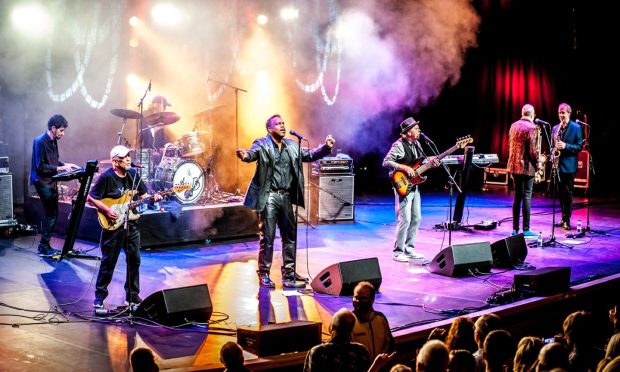





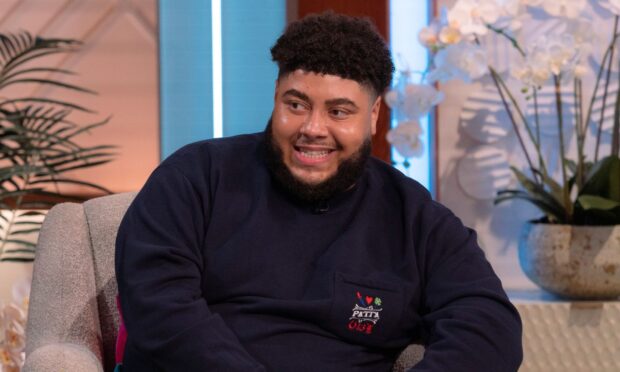
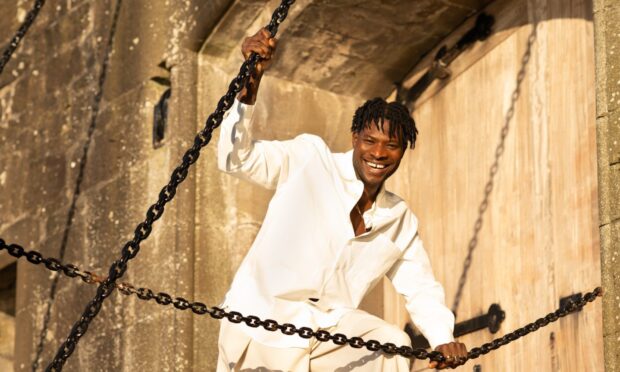
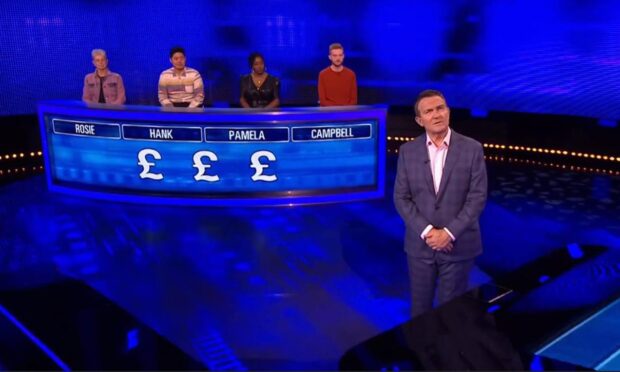
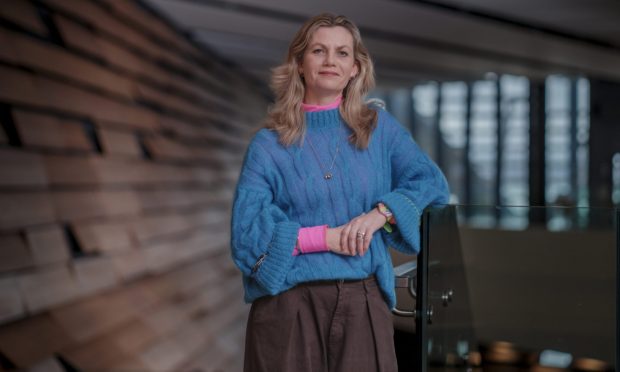
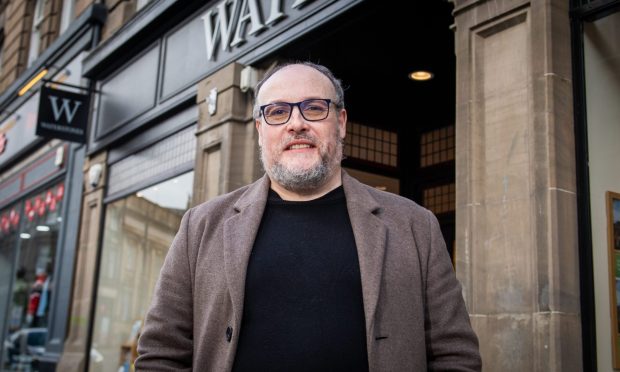
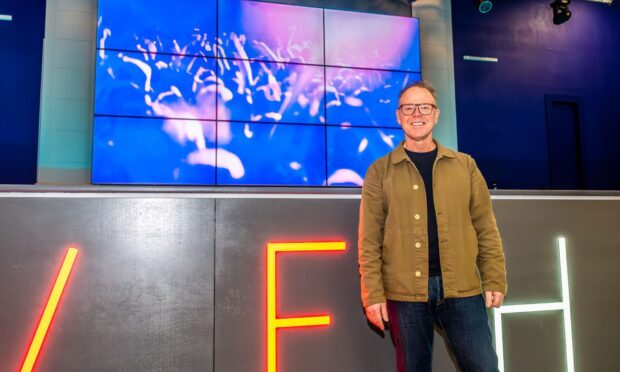
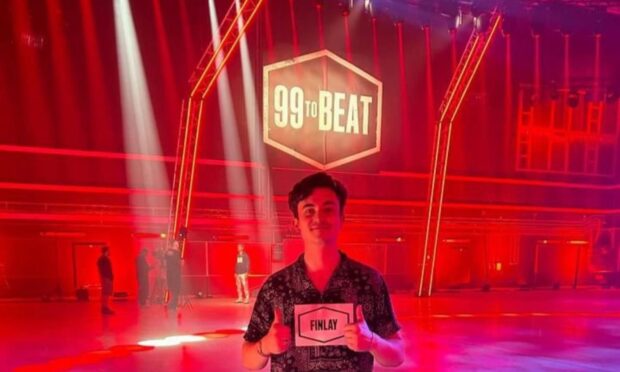
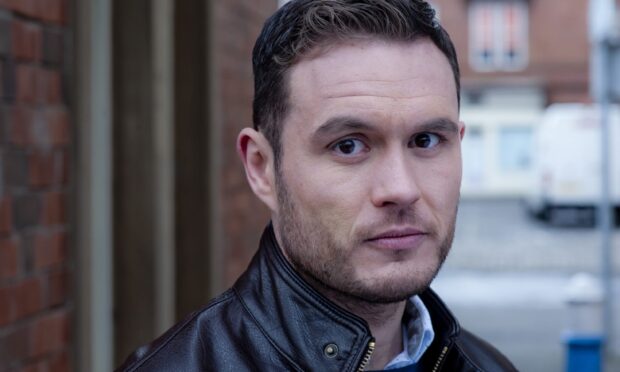
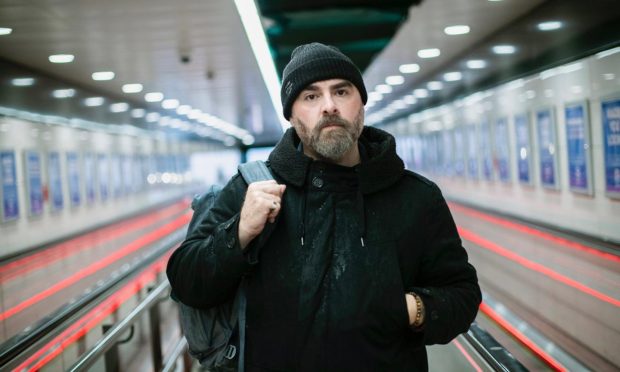
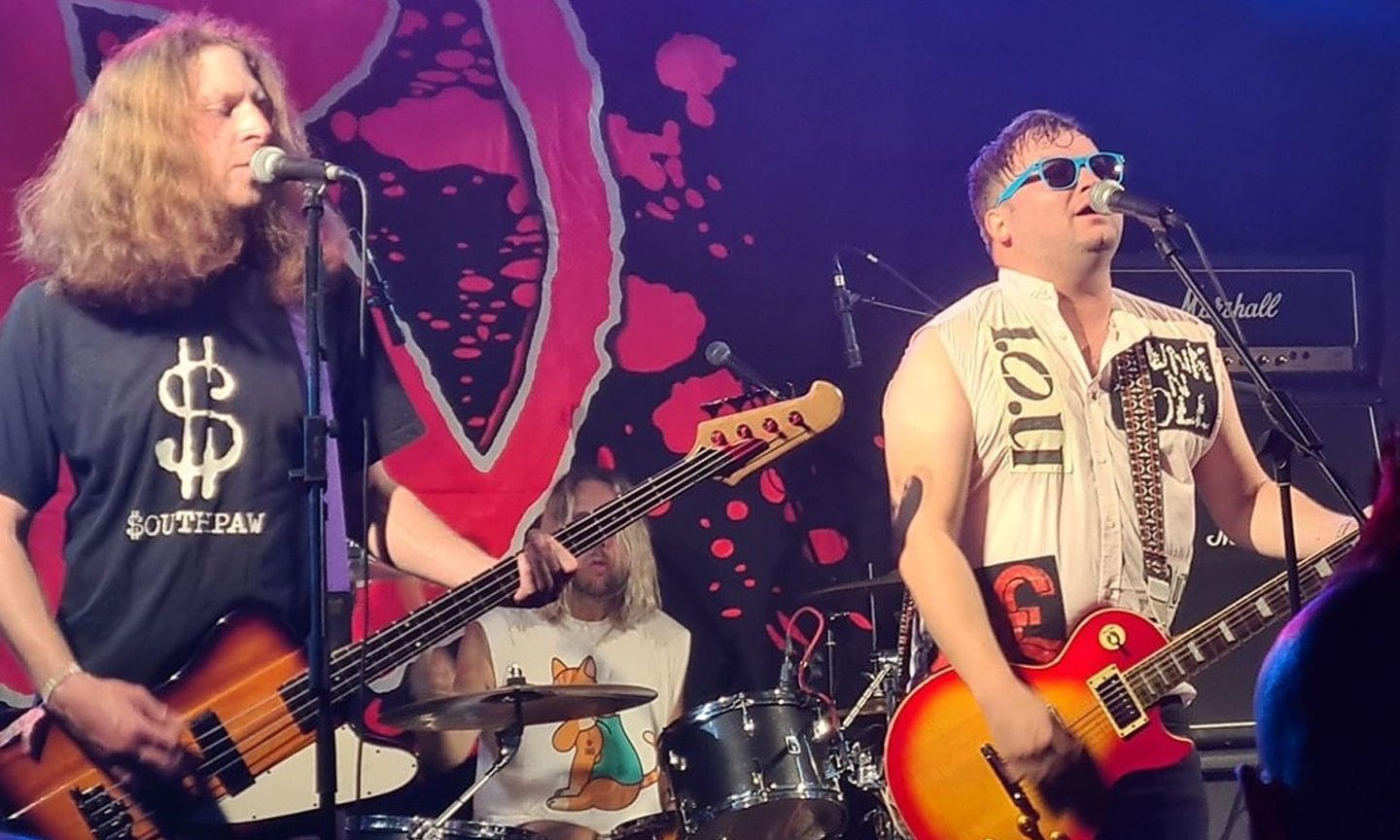
Conversation